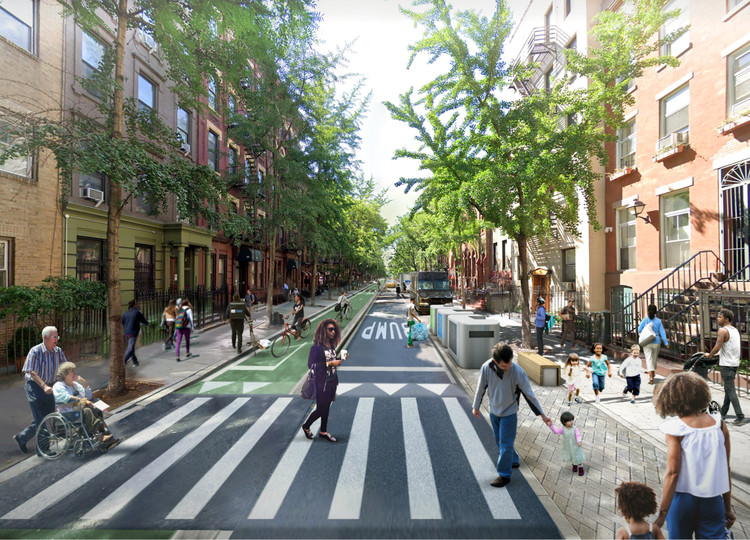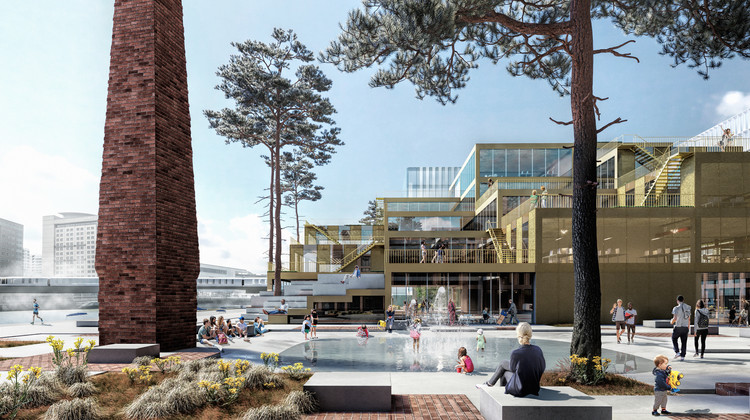
Density has long been an essential consideration for architects and urban planners, yet its importance has only increased as the world’s urban population skyrockets and cities become denser and denser. For much of the history of urban planning, this term has been plagued with negative associations: overcrowding, poverty, lack of safety, and so-called ‘slums.’ The garden city movement, initiated by Ebenezer Howard in 1898, sought to remedy these ills by advocating for greenbelts and anti-density planning. Le Corbusier’s Radiant City is one of the most well-known urban plans building from these ideals. Yet in the 1960’s, sociologist Jane Jacobs famously overturned these long influential urban planning concepts: she pointed out that density of buildings was not identical to overcrowding of people; suggested that some highly dense urban areas, like her neighborhood in Greenwich Village, were safer and more attractive than nearby garden city projects; and highlighted how America’s conception of ‘slums’ were often rooted in anti-immigrant and anti-Black ideologies. Density is not inherently bad, she suggested, but it has to be done well. Today, we continue to grapple with the question of how to design for our increasingly dense cities – how do we keep them open, but simultaneously private? Free, but controlled when necessary? In particular, how do we keep them safe – both from crime and, in the age of COVID-19, disease?














![Intervención realizada por el colectivo "Por un habitar digno" [@porunhabitardigno_]. Image © Arquitecto Tomás Bravo [@tmbravo.scl] Urban Space as a Canvas for Civilian Expression - Image 1 of 4](https://images.adsttc.com/media/images/5f07/1057/b357/6588/b300/0550/thumb_jpg/4-tmbravo.com.jpg?1594298445)
![Black Lives Matter (Charlotte). Image © Office of Congresswoman Alma S. Adams [Wikimedia] bajo dominio público Urban Space as a Canvas for Civilian Expression - Image 2 of 4](https://images.adsttc.com/media/images/5f07/1232/b357/6588/b300/0551/thumb_jpg/Black_lives_matter_in_charlotte.jpg?1594298918)
![From Park to Parking (Banksy 2010). Image © Amg foto [Flickr] bajo licencia CC BY-ND 2.0 Urban Space as a Canvas for Civilian Expression - Image 3 of 4](https://images.adsttc.com/media/images/5f07/14c2/b357/6588/b300/0554/thumb_jpg/7911121664_62e9952807_o.jpg?1594299567)
![Intervención realizada por el colectivo "Por un habitar digno" [@porunhabitardigno_]. Image © Arquitecto Tomás Bravo [@tmbravo.scl] Urban Space as a Canvas for Civilian Expression - Image 4 of 4](https://images.adsttc.com/media/images/5f07/1062/b357/655d/4600/0353/thumb_jpg/3-tmbravo.com.jpg?1594298456)





































